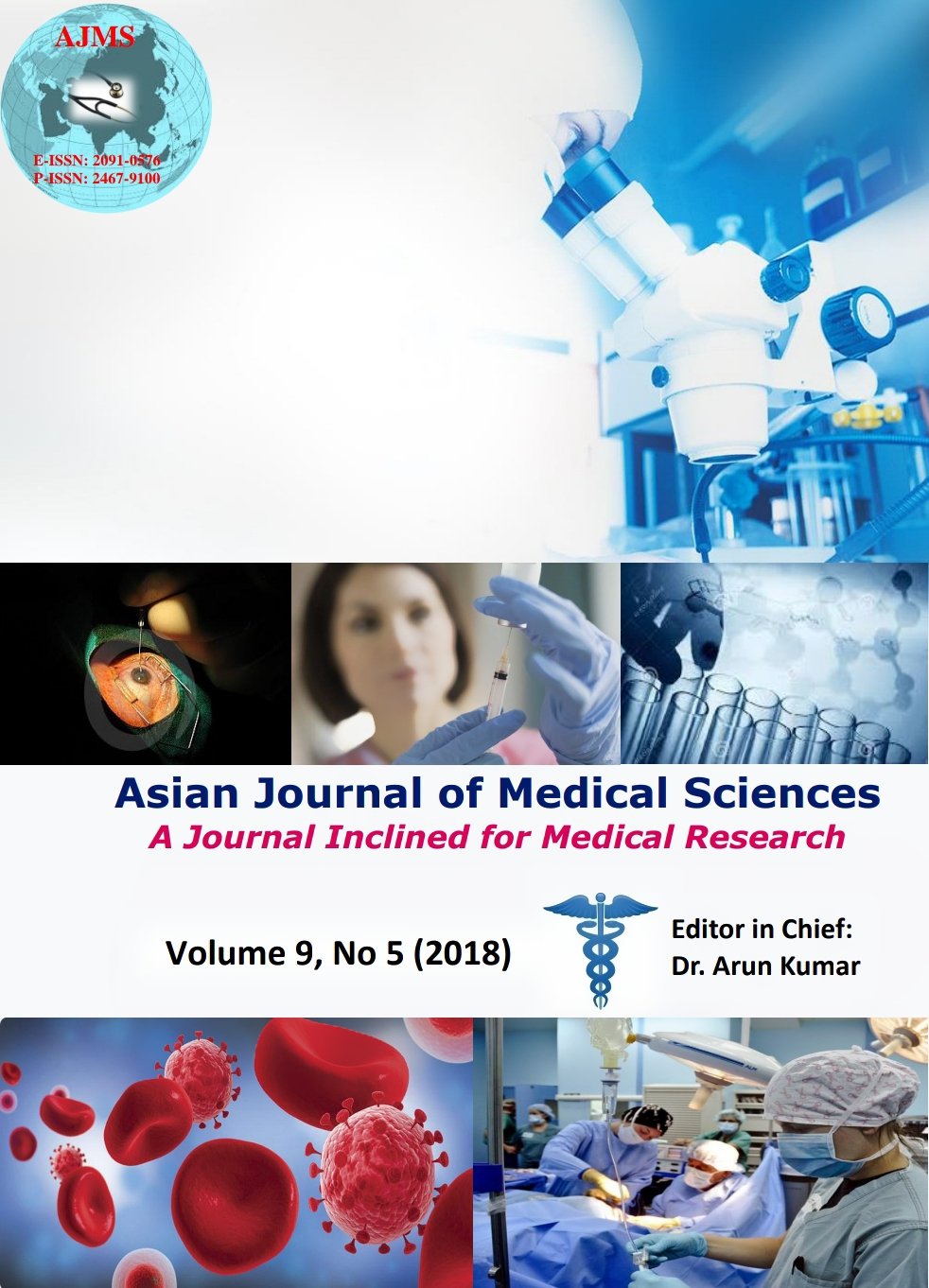Prescribing Trends in Diabetic Neuropathy at a Tertiary Care Hospital
Keywords:
Diabetic neuropathy, prescribing pattern, tertiary hospitalAbstract
Background: Neuropathy, being a common complication of diabetes mellitus is frequently encountered in patients related to duration and severity of hyperglycaemia and had a multi-modality treatment approach by the treating physicians.
Aims and Objective: To understand and analyze the current drug prescribing trends in the management of diabetic neuropathy in hospitalized and OPD patients in a tertiary care hospital.
Materials and Methods: A cross sectional, observational study on (n=100) patients of either sex aged between 18 to 70 years admitted in the Department of Neuromedicine as well as visiting the OPD was conducted for a period of 3 months. Prescriptions were collected and the relevant information i.e. drugs prescribed for diabetic neuropathy only excluding other drugs mentioned in the prescription were documented in a predesigned, pretested proforma and were analyzed.
Results: All the prescribed drugs i.e. (100%) were oral formulations. The average number of drugs prescribed per prescription for the treatment of diabetic neuropathy including indoor and OPD patients was 3.60 ± 0.66. Prescription of single drug for the treatment of diabetic neuropathy was found to be the commonest trend among the prescribers i.e. 78% of all the prescriptions and they were all in their generic form.
Conclusion: Gabapentin and pregablin (antiepileptics), amitryptylline (anti-depressants) and methylcobalamine were most commonly prescribed drugs. Side effects profiles of these drugs were also well evident among the patients. Much larger multicentric studies of similar type including private and public hospitals might reflect the true scenario of current drug prescribing trend among physicians in treating diabetic neuropathy.
Asian Journal of Medical Sciences Vol.9(5) 2018 8-11
Downloads
Downloads
Published
How to Cite
Issue
Section
License
Authors who publish with this journal agree to the following terms:
- The journal holds copyright and publishes the work under a Creative Commons CC-BY-NC license that permits use, distribution and reprduction in any medium, provided the original work is properly cited and is not used for commercial purposes. The journal should be recognised as the original publisher of this work.
- Authors are able to enter into separate, additional contractual arrangements for the non-exclusive distribution of the journal's published version of the work (e.g., post it to an institutional repository or publish it in a book), with an acknowledgement of its initial publication in this journal.
- Authors are permitted and encouraged to post their work online (e.g., in institutional repositories or on their website) prior to and during the submission process, as it can lead to productive exchanges, as well as earlier and greater citation of published work (See The Effect of Open Access).




